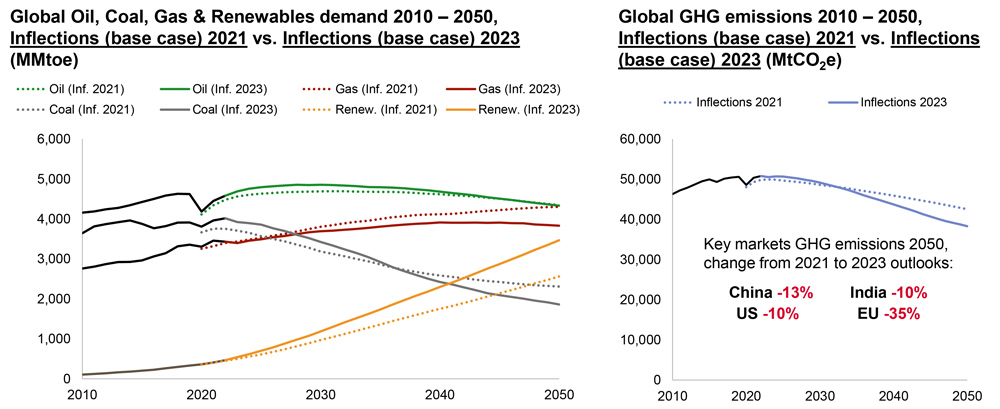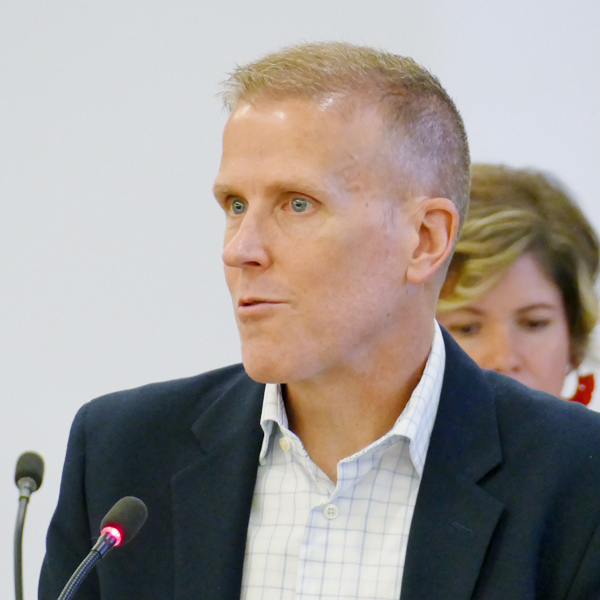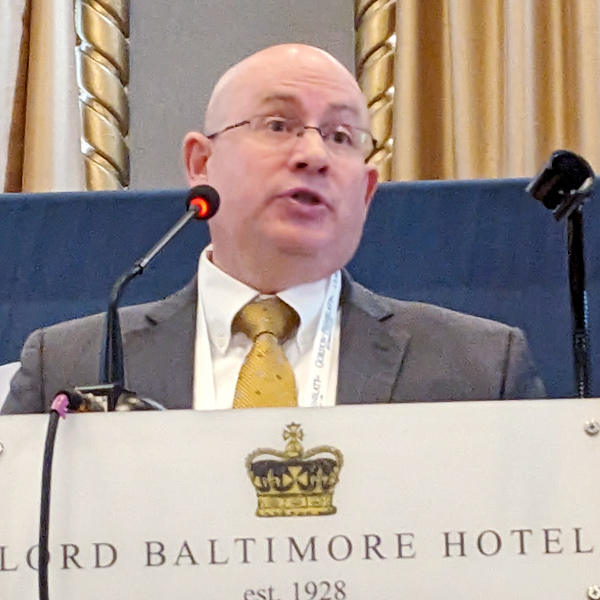New Jersey’s Board of Public Utilities (BPU) on Nov. 27 launched its second attempt to solicit solar projects at a price the agency considers acceptable to ratepayers, driven by the hope that the high costs that derailed a similar solicitation earlier this year have subsided.
The three-month-long solicitation, which will close on Feb. 29, seeks bids under the Competitive Solar Incentive (CSI) program for “grid supply” solar installations and nonresidential net-metered solar installations with a capacity greater than 5 MW. Also eligible under the program are grid-supply solar projects combined with energy storage.
The solicitation, which could award projects totaling up to 300 MW of capacity, follows a similar process to the last one, for which bidding closed March 31; the BPU terminated it in July by rejecting all the bids because they were too high. The BPU did not say at the time how many bids were submitted but said they were all above confidential price caps it had developed. (See NJ Rejects Solar Bids as Too Expensive.)
In response, the board made changes to the solicitation rules and evaluated the process by which the price caps were determined.
The order launching the new solicitation, approved Nov. 17, said the board anticipates that “competition amongst solar development projects will arise organically.” It expressed the belief that the prices of the solar renewable energy credits submitted by bidders would “provide the amount needed to enable development, without over-incentivization.”
“The board anticipates that certain factors that may have pushed bid prices to a high level, including expectations around component costs and inflation, as well as regulatory uncertainty at the federal level, have abated, creating a more favorable competitive environment,” the order said.
The solicitation presents a test for the board’s CSI program, in part to see whether bidders will come forward after the board rejected all the last bids and whether there is sufficient interest in the program as a whole to help the state achieve its ambitious solar goals. BPU officials have cited the program as a key element in the state’s effort to install 12.2 GW of solar by 2030 and 17.2 GW by 2035. The latest BPU figures, as of Oct. 31, show the state has a total installed capacity of 4.655 GW, about 40% of the 2030 target and slightly more than one-quarter of the 2035 goal.
Setting Correct Price Caps
The CSI is part of a two-pronged effort to stimulate solar development with incentives under the Successor Solar Incentive (SuSI) program, which was enacted in July 2021 to replace predecessor programs that critics said were too generous.
The BPU sets the incentive levels in the first part of the program, known as the Administratively Determined Incentive (ADI) program, which caters to net-metered residential projects, net-metered nonresidential solar projects of 5 MW or less, and community solar programs. Incentive levels in the CSI, which covers projects of 5 MW or more, are set through a competitive solicitation.
The CSI program awards incentives in four market tranches: basic grid-supply projects; grid-supply projects sited on the built environment; grid-supply projects sited on contaminated sites and landfills; and net-metered nonresidential projects greater than 5 MW. Project developers submit bids on the level of incentive they would need to complete their projects. In a separate part of the CSI program, projects that incorporate a storage element first submit a bid solely for the solar project and then submit a price for the storage.
The BPU order said that after the first solicitation produced excessively high bids, staff and consultant Daymark Energy Advisors analyzed the outcome and concluded that a “spike in energy prices in the fall of 2022 resulted in an estimate of energy revenues for solar projects used for modeling that was likely higher than the estimates used by developers in the spring of 2023.”
In addition, the analysis showed that there were “uncertainties in the energy and capacity markets” and that “interest rate spikes beginning in 2022 and carrying on into 2023 likely drove developer cost projections higher than those reflected in the initial solar price cap analysis.”
“In a competitive solicitation, incentive values should reflect current market conditions and provide a long-term, guaranteed incentive structure for developer investment,” the order said. “Price caps serve as a protective mechanism against noncompetitive bids and would generally be set at a level that exceeds expected competitive bids.”
In response, BPU staff recommended that the board again use confidential price caps in the second solicitation. However, the order also said the caps should vary for different types of projects. Thus, the caps on grid-supply projects on a built environment and those on contaminated sites and landfills in the solicitation are 15% and 32%, respectively, higher than the cap on basic grid supply submissions. The cap on net metered nonresidential projects above 5 MW is $20 higher than the cap on basic projects.
The board also agreed to award bids that are up to 10% higher than the price cap if the project warrants it.
To encourage repeat bids, the board this time has waived the fee for developers who submit a project that is largely similar to one for which they put in a bid in the first solicitation.


